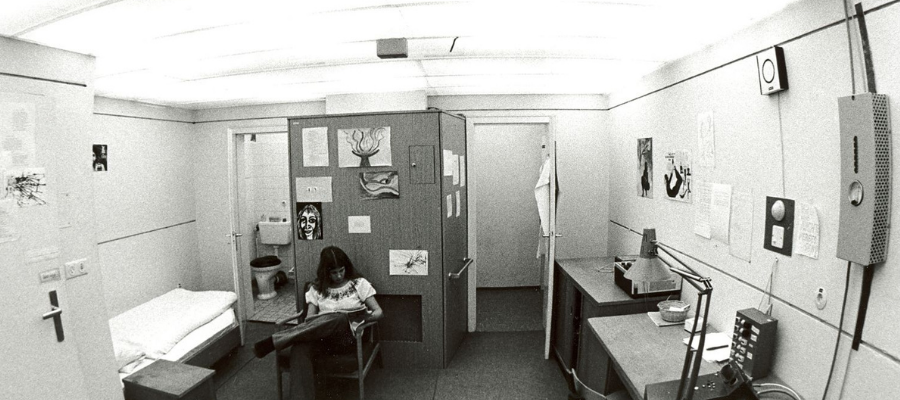Time to reinvent the Siesta?
Homo sapiens are the only species that deliberately deprives itself of sleep; all other mammals sleep at multiple points during the day when their bodies urge them to. Infants nap vigorously, which confirms that a bit of sleep during the day is perfectly natural - and necessary - for humans.
Origins of the siesta
“Napping is a tool as old as time itself,” writes Roger Ekirch, a renowned researcher on sleep.
There is much to suggest that early humans were multiphasic sleepers (Reportedly, one primitive tribe – the Gebusi of Papua New Guinea – still are). This can be explained by the need to be on the lookout for danger in the night.
With the advent of civilization, human sleep took a biphasic pattern. A long period of sleep during the night and a shorter period during the day. By the first century B.C., the Romans had learned to reserve the sixth hour of the day (known as sexta) for rest. It is this word sexta that has survived in the more well-known form of siesta.
Not a Latin American invention
Contrary to popular belief, the siesta is not a Latin American custom. In fact, it used to be part of work-life across the globe before the Industrial Revolution. It was first with the advent of the clock and labor paid by the hour that the siesta came to be seen as wasteful. Hereafter, it only survived in very hot or underdeveloped regions.
In countries such as Spain, Greece, and the Philippines, it is still widespread for universities or workplaces to allow a 3-hour break in the afternoon, commonly known as a “siesta.” Nowadays, during this break, people meet and watch movies or talk. In the past, however, people used to dedicate this time strictly to napping, which makes perfect sense considering how humans function biologically.
Why do people nap?

There is strong evidence that humans are still hard-wired for biphasic sleep. One famous study conducted by the German biologist Jürgen Aschoff in the 1960s had people stay in specially equipped underground bunkers without daylight or clocks. Here he monitored their daily rhythm. This showed a synchronous dip in energy in the afternoon for all test subjects. In other words, biphasic sleep is an inherent part of being human.
The human sleep pattern has a great deal to do with adenosine, a chemical produced by our brain — the higher its concentration, the greater the need we feel for rest. It is a kind of a timer in our body that measures the time until the next sleep. We could call it the “right hand of our biological clock.”
Adenosine production in the brain works on incredibly trivial principles. When we are awake, levels increase, and when we are asleep, they decrease. The only effective way to “clear our brain” of this chemical is through sleep.
According to years of research by the National Health Service in the United Kingdom (NHS), no matter how much sleep we get at night, around 3 PM our bodies’ adenosine levels are high enough to fall asleep instantly. In practical terms, this means that if we want to be efficient and productive for the entire day, implementing an afternoon nap is virtually essential.

Time to reinvent the Siesta?
We often perceive sleeping during the day as a sign of laziness, but should we? – After all, there is extensive research showing that an afternoon nap is perfectly natural for humans. At the same time, there is solid evidence that sleep deprivation leads to lessened productivity. It can also have serious consequences for our mental and physical health.
To make up for our lost daytime sleep we do not require the hour-long siestas of our grandparents. Merely having a 20-minute power nap is sufficient to mitigate the afternoon dip in our circadian rhythm. Now, all we need to do is make space for napping at the workplace.
Installing facilities such as nap pods may seem counterintuitive in a place where our brains should work at high speeds, but every expert knows that sufficient sleep is crucial to achieving great things. It’s time to take back the power of rest.


